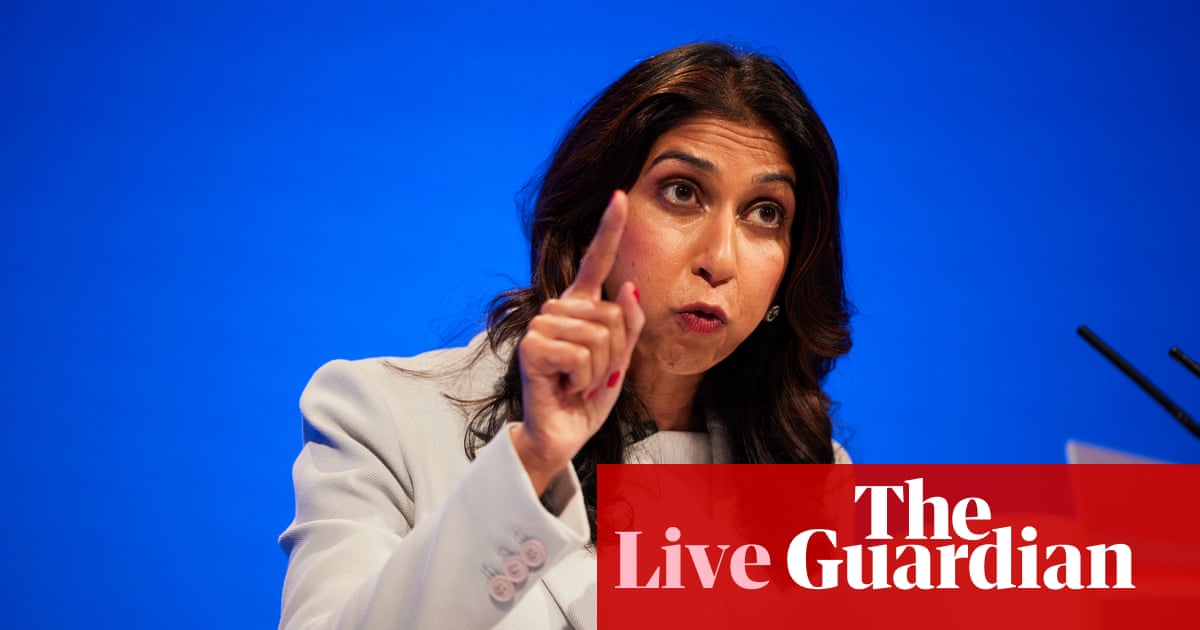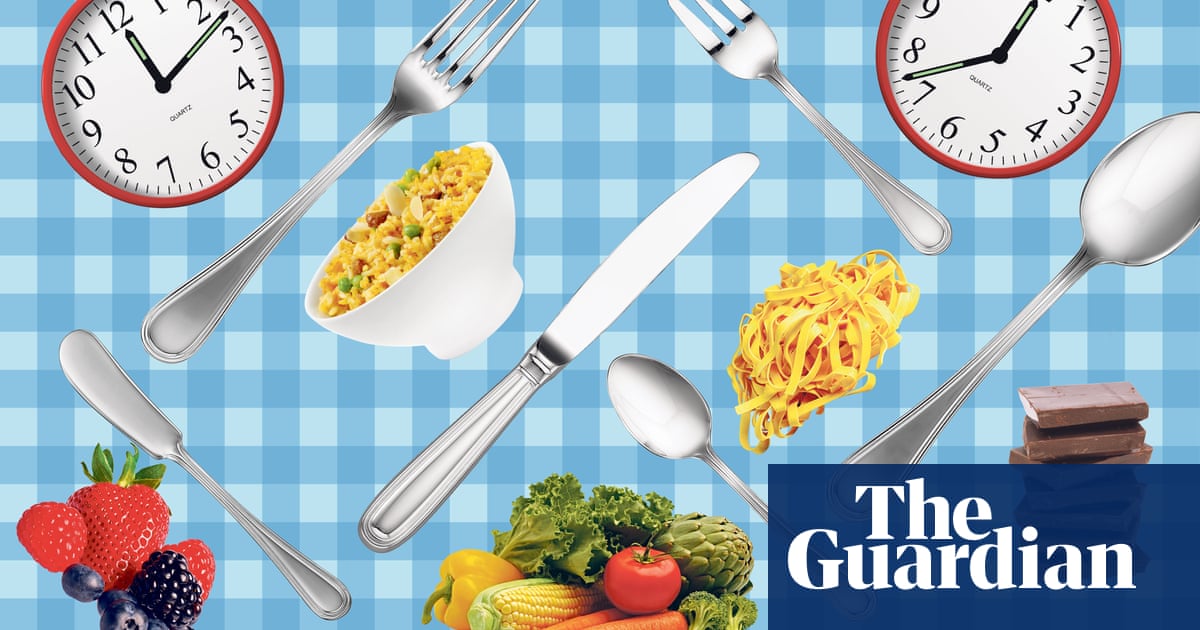
In a week when Russia threatened to annex more territory in Ukraine, gas shortages loomed, and inflation and Covid surged across Europe, it seems almost unkind to remind EU and UK leaders of another crisis that is unfolding, largely unremarked, right under their noses. As Claudius laments in Shakespeare’s Hamlet: “When sorrows come, they come not single spies, / But in battalions.”
As if defeating Russian aggression was not enough of a challenge, Europe now also faces rapidly rising new “waves” of undocumented asylum seekers. Given the sociopolitical upheavals that ensued after 1 million refugees, mostly Syrians, arrived on Europe’s shores in 2015, the EU and UK might be expected to be better prepared this time.
Figures published by Frontex, the EU border agency, show “irregular entries” rose to 114,720 in the first half of 2022, 84% up on last year. Many other migrants may have escaped detection. The number attempting entry via the western Balkans rose by nearly 200%. About 60,000 people are expected to cross the Channel in boats this year, double the 2021 total.
Strikingly, these figures do not include millions of Ukrainians who have sought EU asylum since February. Most non-Ukrainian refugees and economic migrants classed as irregular come from Syria, Afghanistan, Iraq, Turkey, Belarus, Bangladesh, Egypt and sub-Saharan Africa.
That’s important for understanding what is driving the new surge. The west’s abandonment of Afghanistan last year is clearly reflected in increased refugee numbers. Continuing strife in Syria, including Idlib; the threat of more Turkish cross-border military incursions into Kurdish areas; and various Middle East and African conflicts, plus the legacy of the Iraq war, continue to fuel instability.
The cumulative human impacts of the climate emergency also shape the overall migration picture. But right now, it’s the threat to food supplies posed by Vladimir Putin’s Black Sea blockade, and resulting shortages, price inflation and instability, that is the big new factor. For Putin, migration, like energy and food, is a weapon of war to aim at Europe’s heart.
Advertisement
A fragile compromise, unveiled in Istanbul on Friday and intended to create safe sea routes for grain from Odesa and two other Ukrainian ports, may ultimately ease pressure on import-dependent developing countries. Yet even if the deal holds, trade will take time to restart, and exports cannot reach prewar levels while the conflict continues.
Recalling Putin’s repeated assurances last winter that he would not invade, Ukrainian officials do not trust him to keep his word now – especially if the fighting on land shifts southwards. The US is sceptical, too. “What we’re focusing on now is holding Russia accountable for implementing this agreement,” the state department said.
Regardless of whether the blockade is lifted, unregulated migration into Europe is forecast to continue rising through 2023. According to the UN refugee agency, the global total of displaced people has risen above 100 million, and that record will be broken if the Ukraine war drags on. “The first wave of indirect war victims is crashing towards Europe and will almost certainly be followed by more, larger waves,” predicted analyst Elisabeth Braw.
Speaking earlier this month, Ylva Johansson, EU commissioner for home affairs, said Europe faced a “huge challenge”. Linked food and energy crises “could lead to countries being unstable, terrorist groups being stronger, organised criminal groups being stronger”, she said. “That means people ... don’t feel safe to stay in their country.”
Are the EU and UK up to the renewed migration challenge? It seems not. The latest iteration of the EU’s floundering 2020 migration pact – a “voluntary solidarity mechanism” – is limited, vaguely worded and lacks unanimity. As has been the case since 2015, Austria, Hungary, Poland and others are basically still refusing to do more to help “frontline” states such as Greece, Italy, Malta, Cyprus and Spain process, pay for and settle asylum seekers.
Oxfam said the mechanism allowed countries to shirk their responsibilities, failed to create legal migration routes, and continued to rely instead on border surveillance, detention centres and physical barriers (such as Poland’s newly completed border wall with Belarus). “The result will be overwhelmed reception and asylum systems, overcrowded camps filled with people left in limbo and more pushbacks at Europe’s border,” Oxfam’s Stephanie Pope said.
Critics also say a glaring double standard is evident in the EU’s generous treatment of Ukrainians compared with non-Ukrainians.
No one could accuse Priti Patel, Britain’s beleaguered home secretary, of generosity towards asylum seekers, wherever they come from. Her ponderous, grudgingly bureaucratic Homes for Ukraine scheme has given the lie to Boris Johnson’s claims that the UK leads the world in helping Ukraine.
Advertisement
Patel faced a double whammy last week. The Home Office’s handling of Channel migrant crossings was slammed by an independent inspector as ineffective, inefficient and unacceptable. And her bizarre policy of airlifting unwanted migrants to Rwanda was ripped apart by a parliamentary committee, which found no evidence it acted as a deterrent. “Safe and legal routes need to be established to support those with an asylum claim in coming to the UK,” the committee declared.
As migration surges again, the risk of negative, Europe-wide political fallout grows. A test case is Italy, where far-right politicians, hoping to emulate the success of the AfD (Alternative for Germany), are expected to exploit the issue in September’s snap election.
More immediately, EU and UK governments must act to avoid a repeat of 2015’s humanitarian crisis. According to the Missing Migrants Project, more than 24,000 people have gone missing in the Mediterranean alone since 2014. Last November, 27 people drowned in the Channel on one day.
Current policy isn’t working. The human toll keeps rising. And sorrow mounts on sorrow, to the shame of all.












